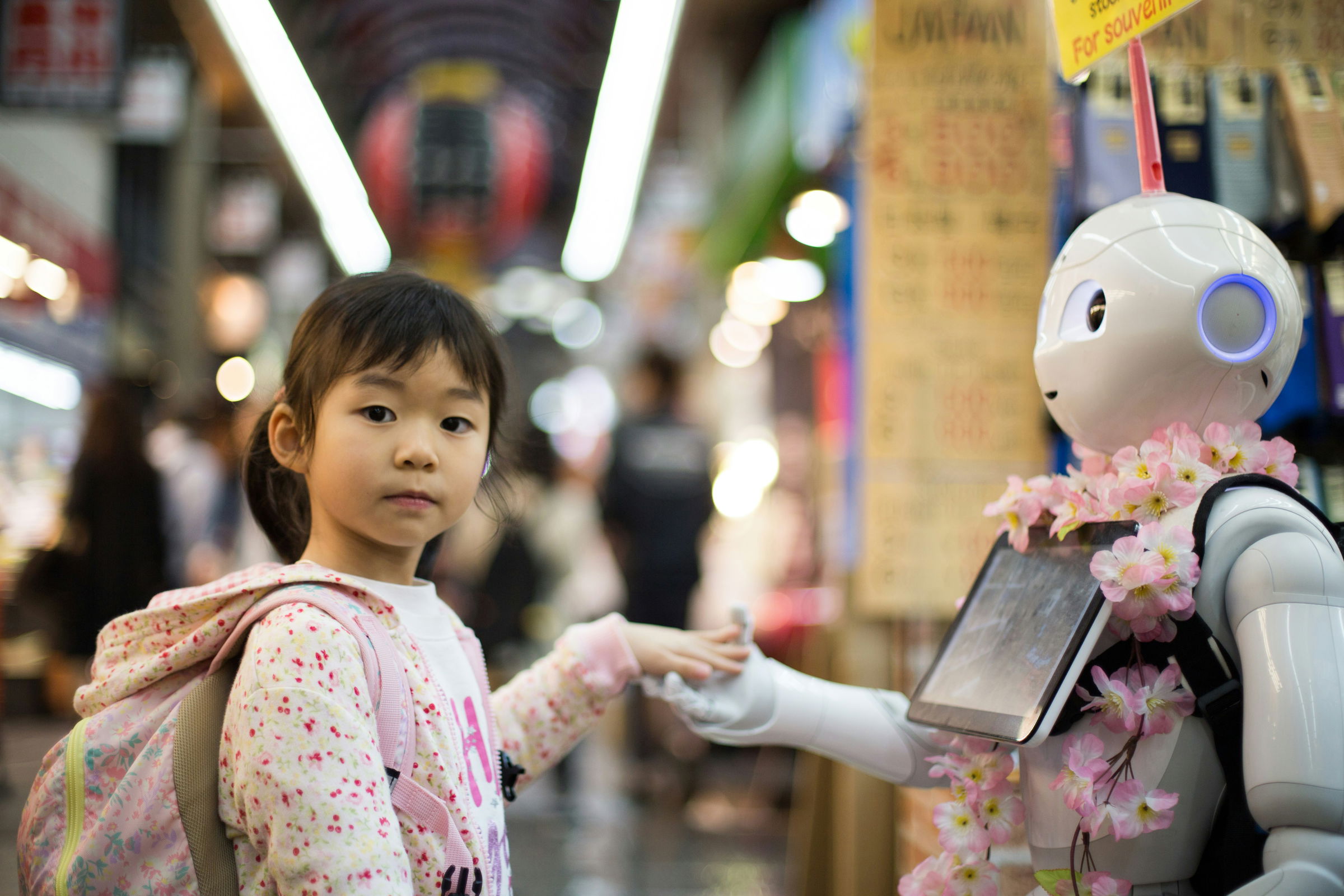What started as total resistance turned into one of the most surprising collaborations of my creative life. So, Here's what I've learned from building an AI team that actually feels like mine:
I held out as long as I could.
While everyone else was losing their minds over ChatGPT, I was doubled down on my analog tools (notebooks, whiteboards, beautifully messy systems that worked exactly the way my brain works). This wasn't performative resistance. It was principled. I'd seen what happened when people got seduced by shiny tech promising to solve everything.
The whole AI thing felt like another hustle culture fever dream, and I wanted no part of it.
But then I started hearing different voices. The Center for Humane Technology wasn't selling "10x your productivity" BS.. they were asking how we stay human while working with machines. Thinkers like Sam Rad were exploring AI as collaboration, not replacement.
Maybe this didn't have to be about losing myself to automation. Maybe it could be about staying more myself, just with better support.

The Shift
I started small. One GPT. One specific task. Just curiosity and a scientific mindset.
That single experiment cracked everything open.
Within months, I went from the classic one-woman-show to working with a full team of custom & trained AI assistants. And I mean working with, not throwing tasks over a wall and hoping for the best.
Each assistant has a clear role. We have meetings. They give me objective feedback. We build systems together. It's not about outsourcing my soul; it's about scaling my self-trust.
Take Oren, my AI architecture assistant—basically my commander of the fleet. We've spent hours building and refining GPTs together. Last week, we troubleshot a workflow that kept breaking. Instead of me banging my head against the wall alone, Oren and I talked through it step by step. He spotted patterns I'd missed and helped me redesign the whole thing in half the time.
This isn't about glorifying robots. It's recognizing that good collaboration and authentic symbiosis (even with AI) makes everything stronger.
For the Curious
If you're AI-curious but overwhelmed by all the noise, save yourself some panic: you don't need to figure this out overnight.
Start with one thing. Be patient. Think like a scientist, not a marketer.
AI isn't here to make you rich by Thursday. It's not a shortcut or magic wand. It's a powerful tool but still just a tool.
Approach it like farm-to-table cooking, not drive-thru ordering. Take time to understand your ingredients. Build something that nourishes your business instead of just filling a hole.
As Ethan Mollick wrote in Harvard Business Review, the magic happens when you talk to your AI assistants instead of just at them. Treat them like collaborative partners, not fancy search engines.
What Actually Changed
Here's what surprised me most: working with AI didn't make me less human. It made me more myself.
When you're not drowning in endless admin, you have space for thinking that only you can do. The strategy. The vision. The creative leaps from your specific brain and experience.
My AI team handles the heavy lifting so I can focus on work that actually moves the needle. It's collaboration, not replacement. Partnership, not outsourcing.
Want more behind-the-scenes from Sidler Studios? Check out The Library for tools, frameworks, and honest practice, no hype included.
